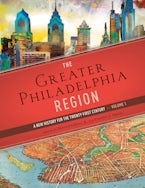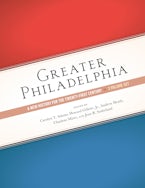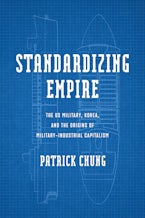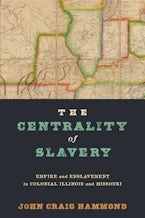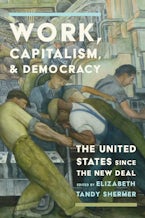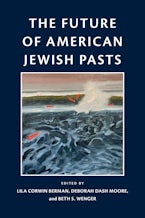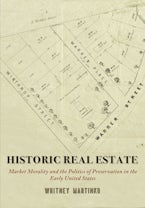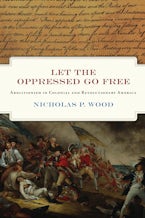Informed by current scholarship and richly illustrated with full-color photographs and maps, The Greater Philadelphia Region and its companion volumes Greater Philadelphia and the Nation and Greater Philadelphia and the World bring to the public an up-to-date, diverse history of Philadelphia across its many dimensions.
As early as the 1890s, the term “Greater Philadelphia” was already in use in newspaper ads for the Wanamaker’s and Gimbel Brothers department stores. The self-proclaimed “Furniture Center of Greater Philadelphia,” J. B. Van Sciver Co., was actually located in Camden, New Jersey. And by the 1920s organizations and businesses ranging from sports clubs to real estate firms adopted names starting with “Greater Philadelphia” to associate their activities not only with the city but also its suburbs.
This visually stunning reference—assembled by the editorial team of the online Encyclopedia of Greater Philadelphia—adopts “Greater Philadelphia” to indicate a regional scope, but not one limited by a fixed geographical boundary. Instead, “Greater Philadelphia” refers to the interdependence between the city and its periphery across parts of three states: southeastern Pennsylvania, southern New Jersey, and northern Delaware. The book is arranged thematically, with chapters containing:
-- Depictions of the rivers and valleys that created natural territorial boundaries for the region as well as the histories of the treaties, map lines, and legislative acts that further defined the region;
-- Exploration of the histories of the different sections of the city as well as the histories of surrounding counties in Pennsylvania, New Jersey, and Delaware;
-- Historical accounts of the many trails, canals, rails, and roads that not only enabled residents to get around the city but also formed the network that connected the central city to the suburbs and outlying areas;
-- A review of how the “Greater Philadelphia” region has been governed, from the first treaty negotiations with Native Americans to the development of the Delaware River and Philadelphia Regional Port Authorities.
Each chapter also features an “Explore More” section that provides opportunities for further reading and research, including places to visit and sites to investigate, to encourage discovery beyond the book’s pages.
The Greater Philadelphia Region represents a collection of stories fundamental to the Philadelphia area’s history and evolution based on the belief that regions work best when residents, divided in space but linked in multiple ways through social and economic connections, possess shared knowledge about the people and the places that surround them.

